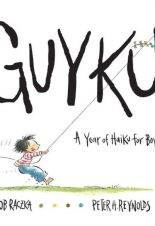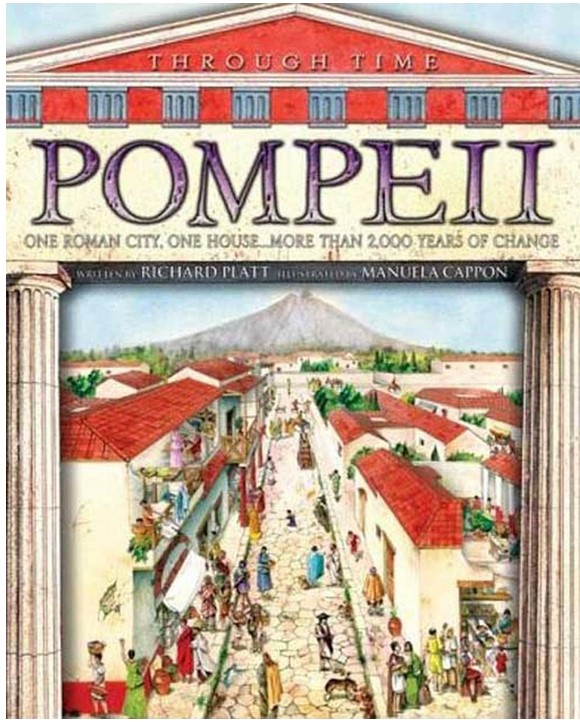
Buy This Book
“Pompeii’s throbbing heart is like the ‘downtown area of a modern city.’ The districts around the center are very mixed—houses, offices, and workshops are all located together.” –Through Time: Pompeii
Through Time: Pompeii
by Richard Platt
Teaches About Culture
6+
Score
7.2
48
Follow the story of a house in the center of a famous Roman city. Illustrations retell the lost story of Pompeii―the life of its people, its conflicts and disasters, and the changing fortunes of a house at the center of it all. Beginning in the sixth century B.C., a simple hut becomes a farmhouse, and gradually, the farmhouse is swallowed up by the expanding new city of Pompeii. The house grows as the city and its inhabitants prosper. But finally, it suffers the devastating effects of the natural disaster that swallowed up the city―the eruption of Mount Vesuvius. This is the story of the growth and destruction of a house, a city, and an empire. Further, it is a tale of discovery and revelation that tracks the extraordinary archaeological work involved in unearthing and interpreting Pompeii’s remains.
Through Time: Pompeii uses full-colored illustrations to recreate Roman life and the fall of the great empire. By focusing on one house, readers can see how history shaped Pompeii and its people. Each page has one to three short paragraphs in addition to labels that explain the illustration. The labels also give information about life in Pompeii. For instance, two men are building a wall, and the caption reads: “Laborers rebuild the city wall, replacing soft lava blocks with sturdy limestone.”
Readers will want to study each detailed illustration and track the changes that take place, such as a family “adding new rooms to the house.” In addition, the book explains how Pompeii flourished, allowing new businesses. For example, in 300 B.C., there was a “store selling luxury fabrics imported from Egypt, in Africa, and from Phoenicia and Syria to the east of the Mediterranean lands.” Through Time: Pompeii concludes with an illustration of Pompeii’s ruins and the tourists who visit it every year.
Since each page uses so little text, some descriptions are not well-developed, leaving the reader with questions to ponder. For example, when showing a classroom, the description reads: “Slaves do the hardest work in Pompeii. Some of them are foreigners who have been captured in wars. Many of them are slaves because their parents were. Slaves are expensive to buy, so their masters take care of them as well as they would care for a valuable horse. The servants in the house are treated like a part of the family.”
Even though Through Time: Pompeii may interest young readers, they will not be able to read the book independently because of the difficult vocabulary. Even though a glossary appears at the back of the book, some readers will have difficulty understanding words such as ballista, cenacula, cistern, and hypocaust. Sensitive readers may find the volcano’s eruption upsetting since people die. While excavating the ruins, archaeologists find the bodies of the dead. “The body casts show where people fell as they tried to escape or protect themselves.” There are several illustrations of the body casts.
Through Time: Pompeii will appeal to anyone interested in history, archeology, or survival stories. Readers will truly feel as if they have stepped back in time to when Pompeii was a prospering city. The unique format blends illustrations with facts in a way that makes learning fun. Anyone who wants to research Pompeii will find Through Time: Pompeii a compelling book to use as a starting point to learn more about history.
Sexual Content
- None
Violence
- In 100 B.C., children were taught by slaves. “Misbehaving children are hit with canes across the hands or whipped over the back.” According to Aristotle, “all learning is painful.”
- In 89 B.C., “the Roman army is well trained, with the best weapon and equipment. They soon surrounded Pompeii and demanded that the citizens surrender. Their catapults smash buildings; flaming missiles start fires.” Families flee the city.
- When the volcano erupted, “people take cover inside of the closest building, hoping that they will be safe . . . By dawn they are dead, killed by falling roofs, poisonous gas from the mountain, or the fiery cloud that rolls over the city.”
Drugs and Alcohol
- At a banquet, there was “free-flowing wine [that] has made the guests very relaxed.”
Language
- None
Supernatural
- None
Spiritual Content
- In 10 A.D., the Romans brought their religion and added “new temples dedicated to their gods and goddesses.”
- Some families have shrines. “Home shrines have paintings and statues of the gods and plates to hold offerings.”
- When Pompeii was rediscovered, “the salvage workers find the bones inside of body-shaped hollows at the bottom of the ash. They shudder and offer a quick prayer to Vulcan, the Roman god of fire.”
“Pompeii’s throbbing heart is like the ‘downtown area of a modern city.’ The districts around the center are very mixed—houses, offices, and workshops are all located together.” –Through Time: Pompeii
Latest Reviews
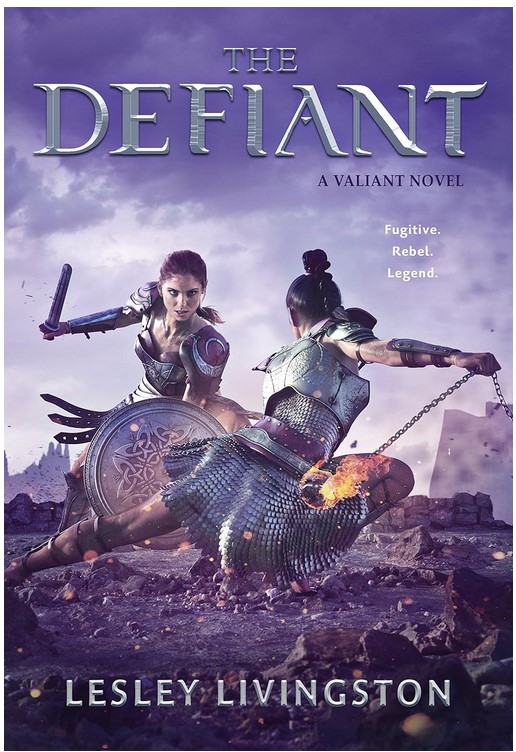
The Defiant
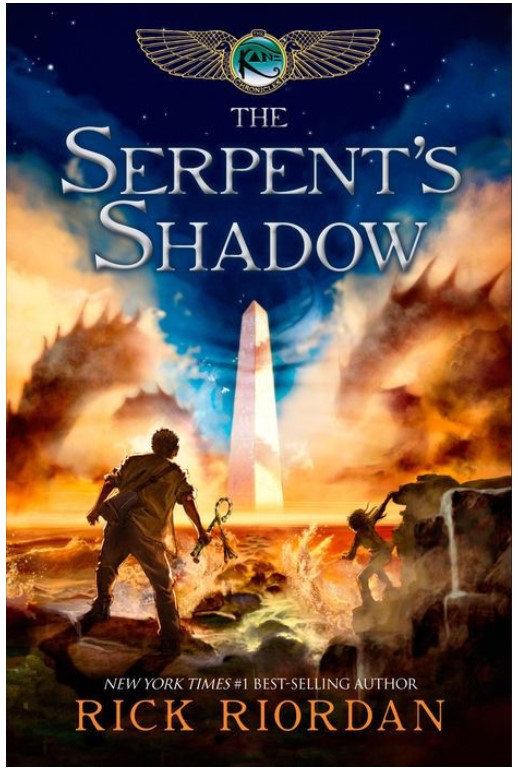
The Serpent’s Shadow

Hispanic Star: Selena Gomez

Alex Morgan
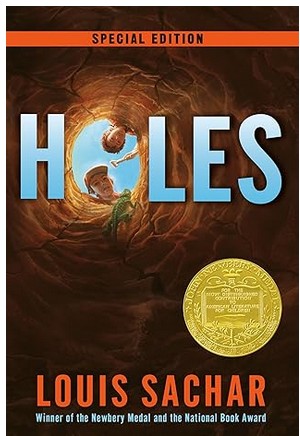
Holes
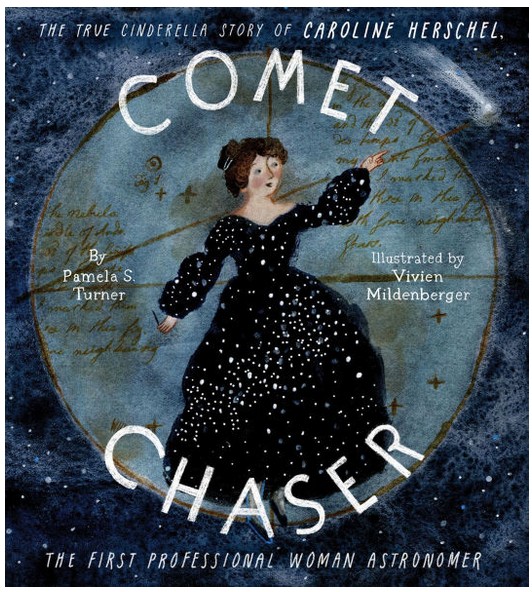
Comet Chaser

Jane Goodall: Groundbreaking Primatologist
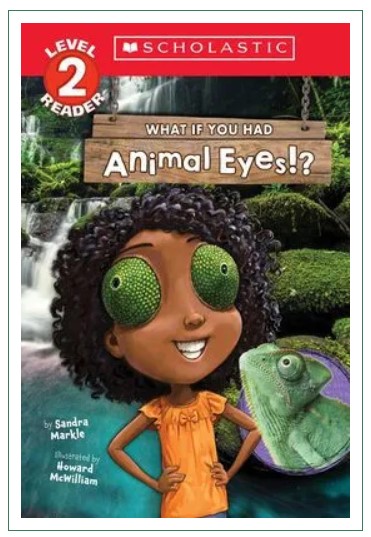
What If You Had Animal Eyes!?
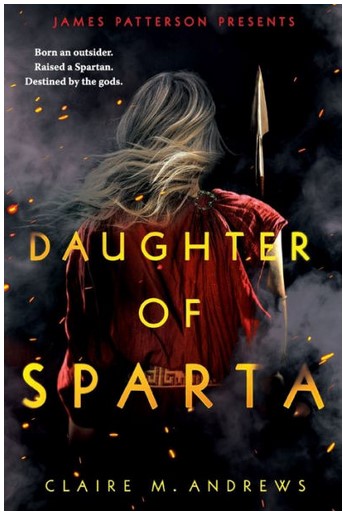
Daughter of Sparta



